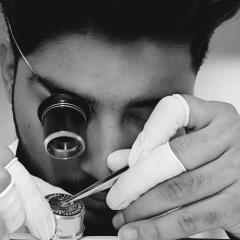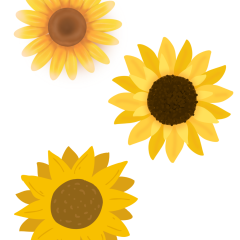Polishing acrylic crystal
-
Recently Browsing
- No registered users viewing this page.
-
Topics
-
Posts
-
The project is still alive. The parts are roughed out from ground flat bar stock. But before I can move ahead I decided I needed to replace the spindle bearings of my milling machine. There was too much play on the spindle.. But after diasassembly and measuring the bearing spacers, it turned out that the difference in height was 1,89 mm. Way too much to achieve preload on non-paired bairings. So, the spacers need to be ground to get them to the same height so I can use a paired bearing set. To do that I need my surface grinder up and running and that needed a hydraulics overhaul. And that would be easier if I clean out my parts washer/de-greaser first..😀 So... this is getting to be one of those "I need to fix the machine I need to fix this machine to...." type of situation. Happy as a clam though 😃
-
Have a look at this discussion where I show what I use.
-
Hello fellow watchmakers, I have a question for all of you, especially those who regularly work with the Sellita SW200-1 movement. At my workplace, we mostly handle watches with the SW200-1. As many of you might already know, this movement has a known issue with the ratchet wheel teeth breaking. However, recently, I've observed a noticeable increase in problems like: More frequent ratchet wheel teeth breakage Screws getting loose and falling off Sudden drops in amplitude And other irregular behaviors So here’s my main question: Before doing the final assembly of an SW200-1, what are the mandatory checks I should perform to ensure proper functioning and avoid post-service failures? For example, I already check: Ratchet wheel teeth condition Canon pinion friction Accuracy and amplitude Screw tightness Jewels condition But I’d love to hear from all of you — what other important things do you check during assembly? Any tips, tricks, or personal checklist items would be extremely helpful for me and ot hers working on this movement.
-






Recommended Posts
Join the conversation
You can post now and register later. If you have an account, sign in now to post with your account.
Note: Your post will require moderator approval before it will be visible.